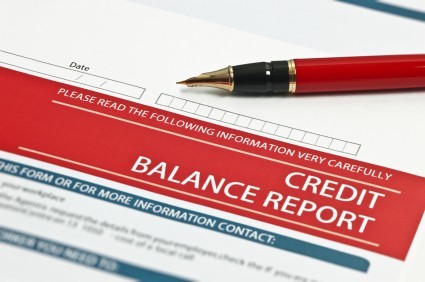
CUSTOMERS DETERMINE THE running and success of any business—they are the heart and soul of the operation. When the business has picked up and there are profits being made, one of the subsequent steps of development will be to start offering lines of credit to the customers. This step can be tricky as this gives the customers the opportunity not to pay for their goods (although hopefully not more than once). It is therefore very important that, as the owner of the business, you determine whether the customer is credit-worthy.
The credit policy of the business should also be determined so as to continue the command and control of the management of the business’ finances. This credit policy usually ensures that the businesses’ credit-worthiness is investigated and limits the credit risk of the company. This credit policy should be exercised to both the new and existing customers—consider it a new operations policy.
Regardless of the ties that you have with the customer, going against your credit policy so as to extend a favor to a customer should be considered risky and not professional. The profit margin of the business should not be breached. In this instance, the customer’s credit-worthiness should be determined by considering whether there is a viable credit application. This document should contain the name, address and phone number of the customer. It should also hold information pertaining to the customers’ history with the company.
If the customer is a business, put into note the number of workers at this company and also the history of business bankruptcy or even personal bankruptcy of the owner(s) (if it’s a sole proprietorship, partnership, or LLC). The industry it has ventured into is also a factor that should be considered. Do not leave out information regarding the bank references and aliases that the business might exist through. The customers of your customers are also important to keep in mind.
The purpose of the credit application is to help set straight the credit terms that they may have. There are also consequences that accompany these rules and they should be taken seriously in every way possible. The customer must acknowledge and sign to the payment terms so that you can protect your repayment rights. Be as clear and concise as possible when articulating the payment terms, late fees, interest rates, etc. Don’t let your long-standing customers talk you out of putting your arrangement on paper. Simply tell them that it is a new policy and everyone is going to have to do it.
When all the information has been collected on the customer, it is important that they are made to live up to their word once they are found to be credit-worthy. If you have the agreement on paper, you can do your due diligence to send a late payment notice if your customers’ haven’t paid. After a second payment notice is sent, however, stop wasting your time and use a collection service.






















